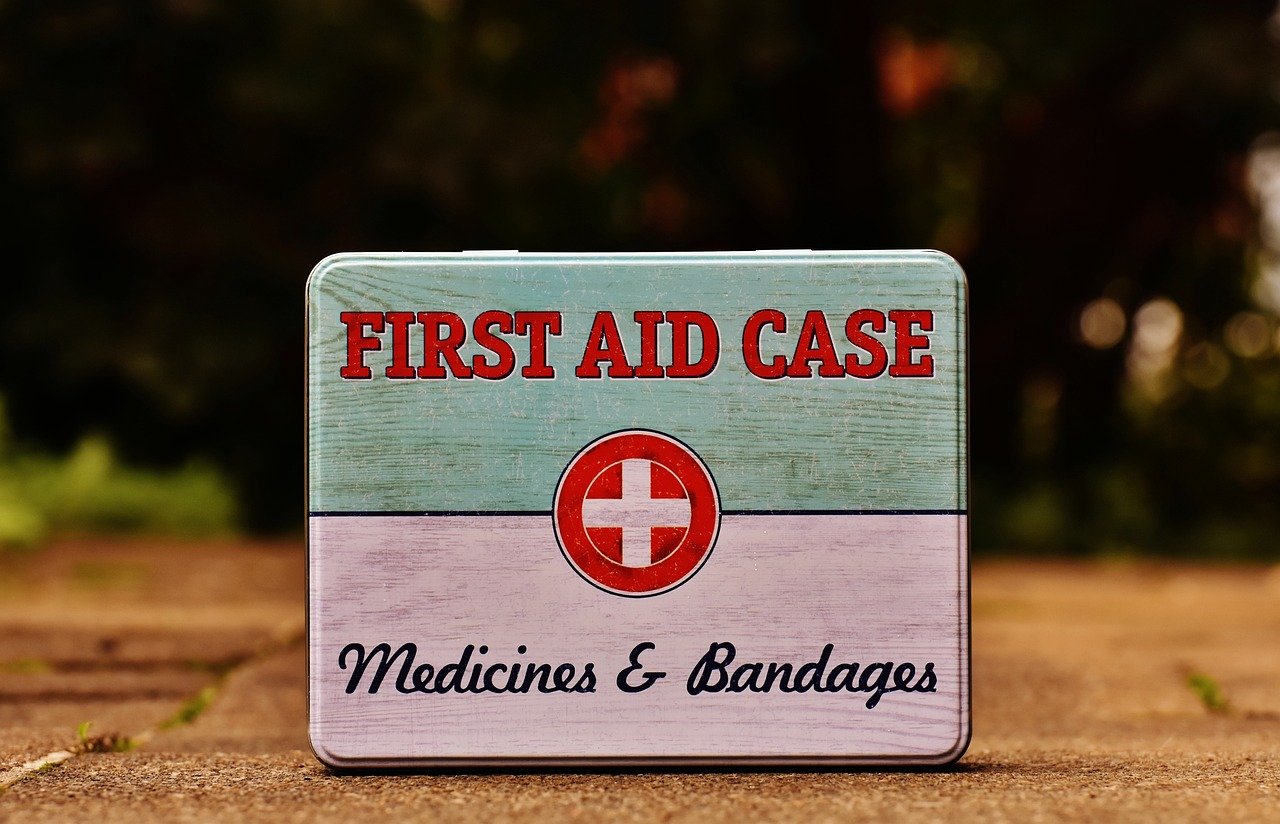Emergencies can arise unexpectedly, and being prepared to provide first aid for your porcupine is essential for their well-being. Whether it’s a minor injury or a more serious situation, having the knowledge and tools to administer immediate care can make a significant difference. In this guide, we’ll explore porcupine first aid tips to help you confidently address emergencies and ensure your quilled companion receives prompt and appropriate care.
1. Stay Calm and Assess the Situation:
- In any emergency, it’s crucial to remain calm. Assess the situation from a safe distance, noting any potential hazards or causes of stress for your porcupine.
2. Establish Safety for Yourself and Others:
- Before approaching your porcupine, ensure your safety and that of others. Use protective gear if necessary, and be cautious to avoid injuries.
3. Injury Assessment:
- Examine your porcupine for injuries. Look for signs of bleeding, difficulty breathing, or any visible wounds. Approach slowly and calmly, speaking softly to reassure your porcupine.
4. Controlling Bleeding:
- If there’s bleeding, use a clean cloth or gauze to apply gentle pressure to the affected area. Avoid causing additional stress to your porcupine during this process.
5. Stabilize Fractures:
- If you suspect a fracture, try to immobilize the affected limb. Use a splint or secure the area to prevent further injury, and seek veterinary assistance promptly.
6. Breathing Difficulties:
- If your porcupine is having difficulty breathing, ensure there are no obstructions in the airway. Gently clear any debris and monitor their breathing. Seek immediate veterinary attention.
7. Poisoning or Ingestion of Harmful Substances:
- If you suspect your porcupine has ingested something toxic, contact your veterinarian immediately. Provide them with information about the substance and follow their guidance.
8. Shock Management:
- Porcupines can experience shock after an injury. Keep them warm, provide a quiet and comfortable environment, and seek veterinary care promptly.
9. Transporting to the Veterinarian:
- If your porcupine requires urgent veterinary attention, handle them carefully and transport them to the veterinarian in a secure carrier. Minimize stress during transportation.
10. Veterinary Contact:
- Always have the contact information for an exotic animal veterinarian readily available. In emergencies, contact them immediately for guidance.Important Considerations:
- Know Your Porcupine’s Normal Behavior:
- Understanding your porcupine’s usual behavior helps you identify abnormalities and changes that may indicate distress or illness.
- Have a First Aid Kit:
- Keep a porcupine-specific first aid kit with essential supplies, including gauze, antiseptic solution, and any prescribed medications.
- Training and Preparation:
- Familiarize yourself with basic first aid techniques for porcupines. Consider taking a pet first aid course to enhance your knowledge and skills.
- Seek Professional Help:
- In critical situations, always consult with a veterinarian. Even if you provide initial first aid, professional veterinary care is essential for a comprehensive assessment and treatment plan.
Conclusion:
Being prepared to handle emergencies is an integral part of responsible porcupine ownership. By staying calm, assessing the situation, and taking prompt action, you can provide valuable first aid for your quilled companion. Regularly update your knowledge, have the necessary supplies on hand, and establish a strong relationship with an exotic animal veterinarian to ensure the best possible care for your porcupine in times of need.



